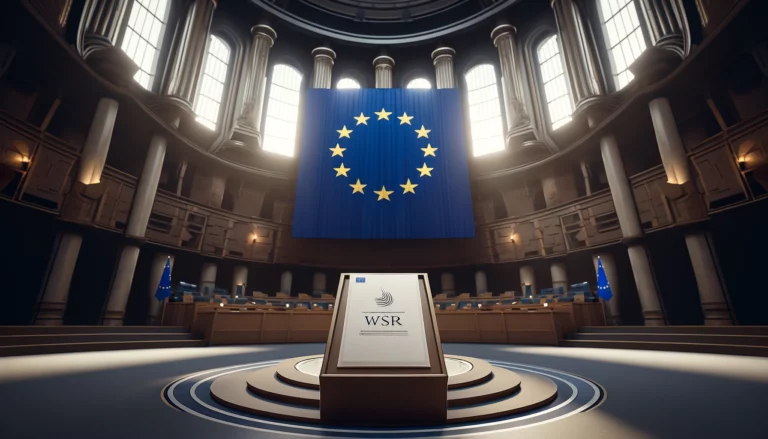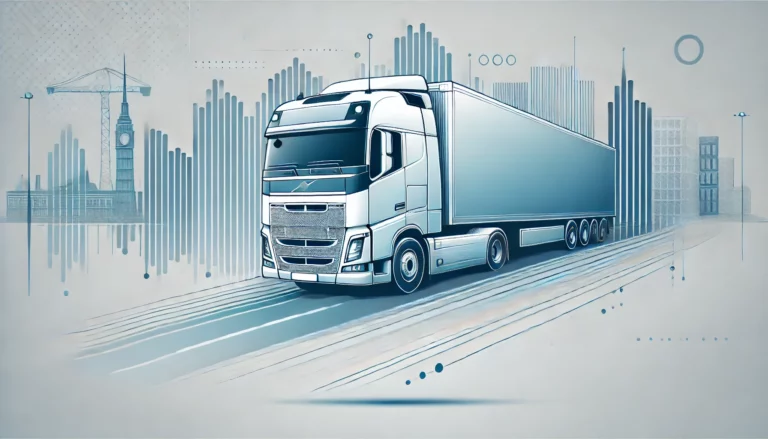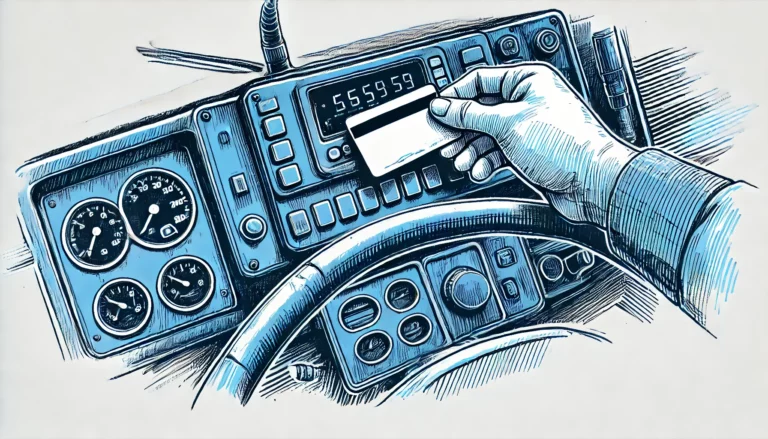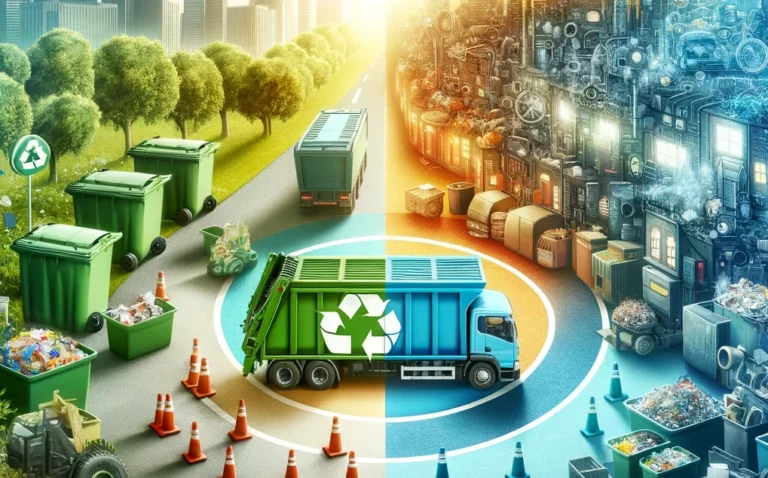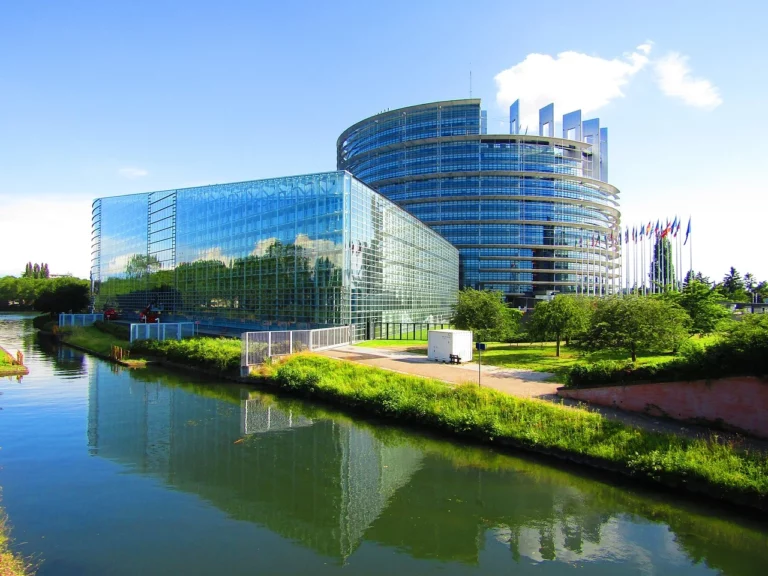Five crucial legal acts governing waste transport in Europe that you need to know
Transporting waste in Europe can be complex, and it is most of the time. But it doesn’t have to be confusing. It doesn’t matter if you’re managing hazardous materials or simple construction debris. Understanding the key rules can save you from hefty fines and keep your operations smooth and compliant. This guide explains essential regulations you need to follow when transporting waste across Europe.
Do you need help with waste carrier permits?
Maybe you seek advice on how to handle waste transport?
Contact us:
office@wastetransportsolutions.eu
Regulation (EU) 2024/1157 on waste shipments
This regulation governs waste transport across borders within the EU. It replaces the older Regulation 1013/2006, with updates aimed at simplifying processes and tightening control.
What can you find there?
- Electronic notifications. All cross-border waste shipments must be registered and tracked through an electronic system. That way the documentation is easier to manage. At least that was the initial idea. Unfortunately, this solutions is still under development. It was supposed to be implemented starting 2025, but the complexity of the EU-wide system makes it harder to work properly. Chances are it’ll be fully operational later this year.
- Preventing illegal transport. The regulation encourages the use of electronic documentation and data sharing. This makes it harder for documents to be faked and helps everyone stay more transparent. On top of that, now authorities have the ability to conduct more focused and frequent inspections, whether at borders or within the EU, using risk assessments to guide their efforts.
- High environmental standards. Companies must prove that exported waste will be treated in facilities meeting EU environmental standards.
Look at it this way: The plan is that if you’re transporting recyclable materials to another EU country, you’ll need to file a digital notification with all details concering waste. This process will ensure transparency and proper handling. But for now though, use the standard Annex VII or IA and IB if necessary and check regularly for any changes in that regard.
Directive 2008/98/EC (The Waste Framework Directive)
This directive sets the standards for how waste is classified and handled.
What can you find there?
- Classification of waste. Every type of waste must be identified using the European Waste Catalogue (EWC) codes. While there are country-specific waste classifications, they must align with said Directive to comply with EU standards.
- Tracking and transparency. Proper documentation is essential to ensure that waste is processed responsibly, from its origin to its final destination. This documentation is valuable in the long run, as it records the exact stages of waste management and makes it easier to trace and address any discrepancies.
- Waste hierarchy. Priority is given to recycling and recovery over disposal. Disposal is seen as the last resort in case recycling or recovery options are not technically, economically, or environmentally feasible.
Look at it this way: If you’re handling construction waste, you must classify it correctly under the EWC codes and ensure all transport documents clearly describe the waste’s origin, type, and destination. Failing to do so puts you in danger as you might (and probably will) be fined.
Waste transport in Europe and ADR Agreement
Hazardous waste—such as chemicals, batteries, or medical materials—requires special attention under the ADR (European Agreement concerning the International Carriage of Dangerous Goods by Road).
What can you find there?
- Driver certification. Drivers must complete ADR-specific training and obtain certifications. There are various classes of ADR materials, and the training courses are tailored to cover the transport requirements for each type of product.
- Special vehicles. Trucks must be equipped with safety features and carry appropriate hazard markings. This is helpful for a couple of reasons: it ensures the safety of the driver and the public during transport, and it provides clear identification of the materials being transported in case of inspections or emergencies.
- Packaging and labeling. Hazardous waste must be securely packed and labeled with UN numbers to identify its risks.
Look at it this way: When preparing waste for transport (which may or may not turn out to be hazardous), you’ll need to classify them correctly, ensure they’re packed in leak-proof containers, and verify that your driver has the required ADR certification. But you can also hire a specialist who’ll classify the waste for you if you think your knowledge is insufficient.
Regulation (EU) 2019/1021 on Persistent Organic Pollutants (POP)
This regulation applies to waste containing harmful chemicals, such as certain pesticides or electronic components. Persistent Organic Pollutants (POPs) are highly toxic and require special handling.
What can you find there?
- Identification and tracking. Waste containing POPs must be identified and documented to ensure it is processed at facilities equipped to handle such substances.
- Strict transport rules. POP waste cannot be mixed with other types of waste and must be transported directly to approved facilities.
Look at it this way: If you’re managing electronic waste, you must identify items that contain POPs, such as flame retardants in old circuit boards, and ensure they are sent to certified treatment plants.
Waste transport in Europe – national regulations
Each EU country has its own additional rules for waste transportation, which are based on the EU’s directives. These regulations often include registration requirements, like national waste databases, and mandatory use of specific transport documentation.
Look at it this way: If you’re planning to transport waste from the Netherlands to Germany, the route you choose will determine which laws you need to consider. For example, if you make a stop in Belgium, you’ll need to account for local regulations, which vary across its three autonomous regions. However, even with a direct delivery to Germany, you’ll still need to comply with both Dutch and German laws and secure the necessary waste permits for each country.
How to stay compliant?
Navigating these rules doesn’t have to be overwhelming. Here are some practical tips to ensure compliant waste transport in Europe:
- Monitor regulations regularly: EU laws are updated frequently, so stay informed by subscribing to industry updates or consulting with legal experts.
- Train your team: Make sure your drivers and logistics staff understand the rules, especially for hazardous or international waste transport.
- Partner with specialists: Outsource waste transportation to certified companies that have expertise in handling regulatory requirements.
Challenges and the future of waste transport in Europe
As the EU tightens its environmental standards, waste transport regulations will continue to evolve. Digital systems, stricter monitoring, and increasing emphasis on sustainability are already shaping the industry. Furthermore, staying ahead of these changes will be crucial for businesses aiming to thrive in a regulated market.
***
It’s worth pointing out that compliance with waste transportation regulations is more than just a legal obligation. It’s a commitment to sustainability and operational excellence. By following the legal acts mentioned in this article, your business can avoid costly penalties, protect the environment, and build trust with clients and partners. Stay proactive, stay informed, and ensure your waste transport processes are always a step ahead.


